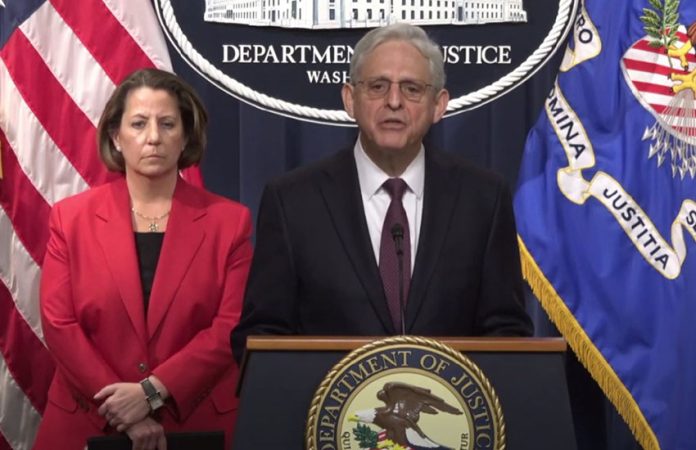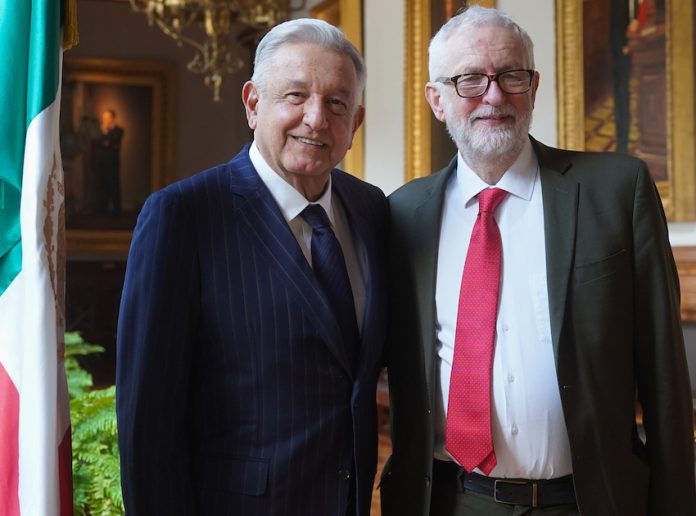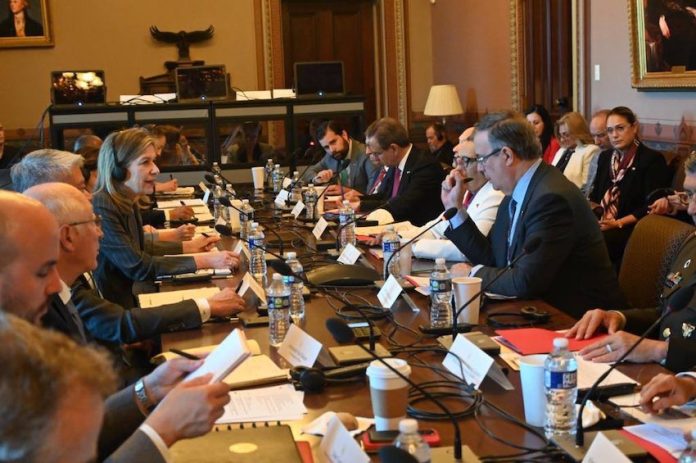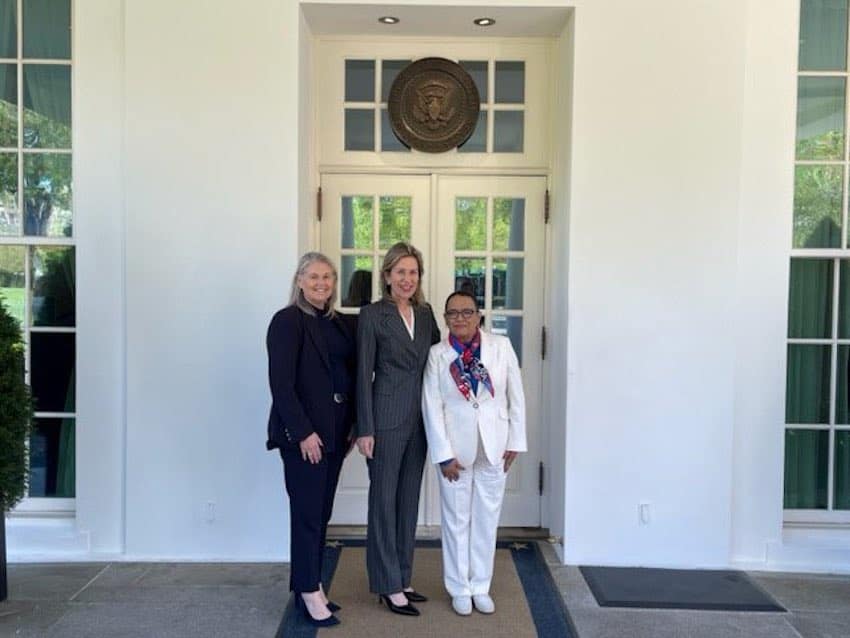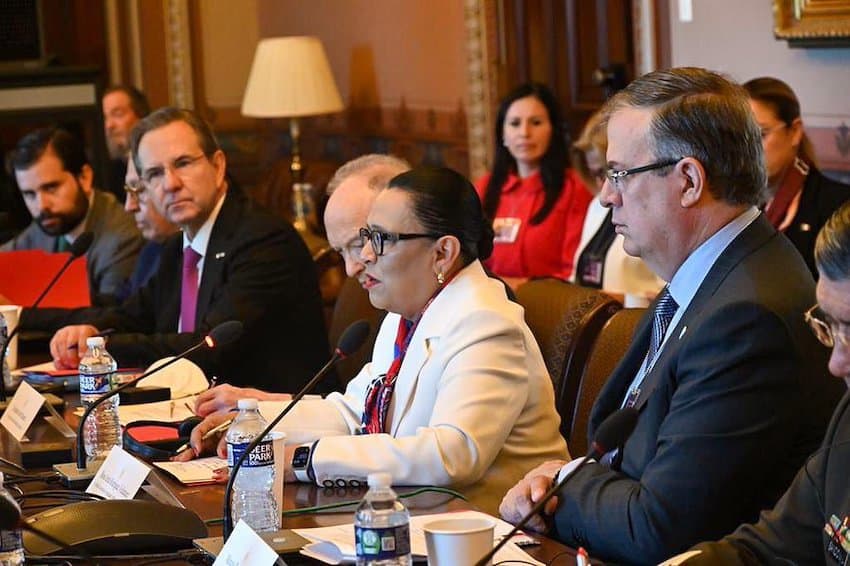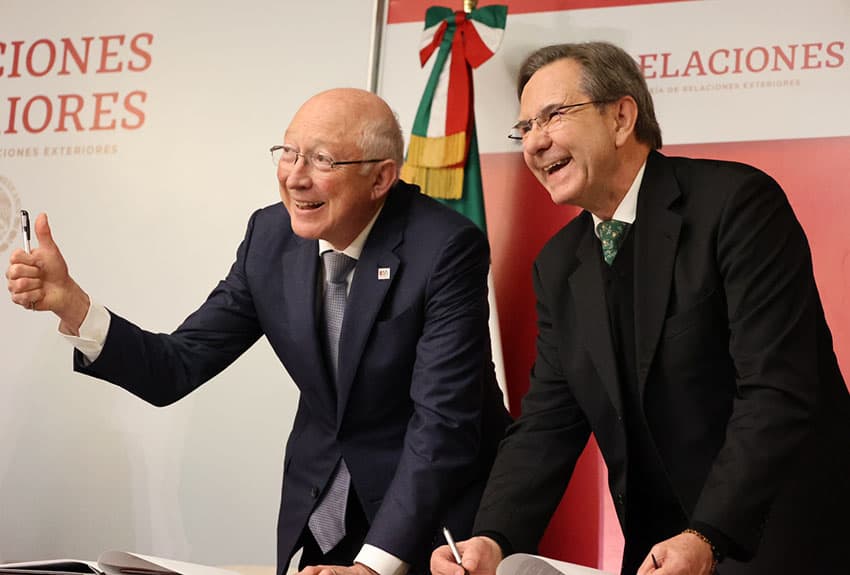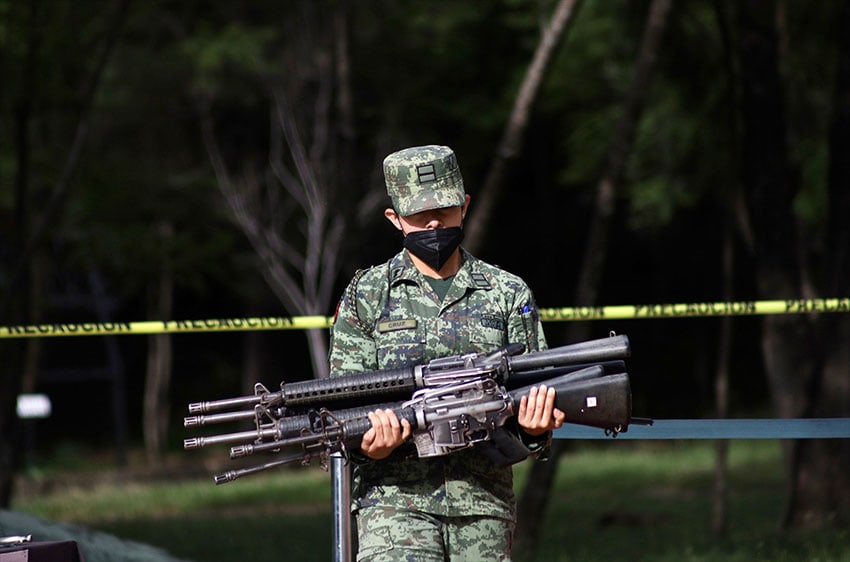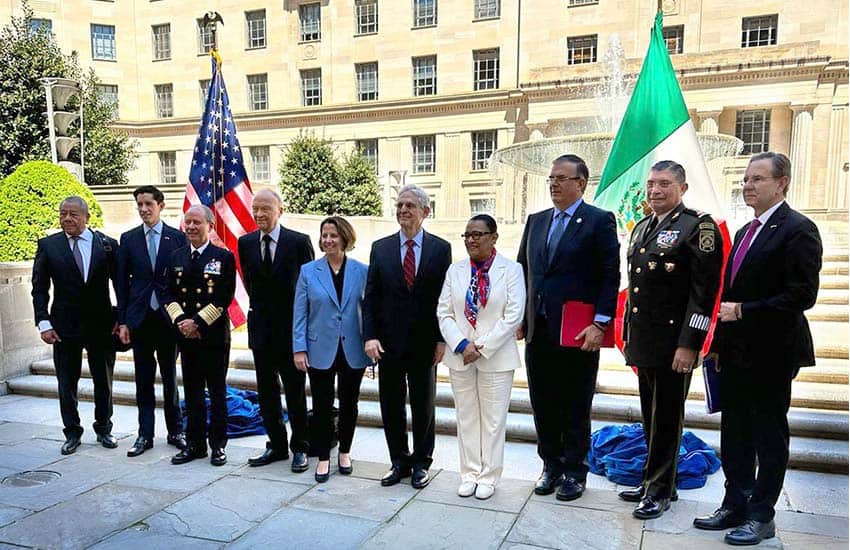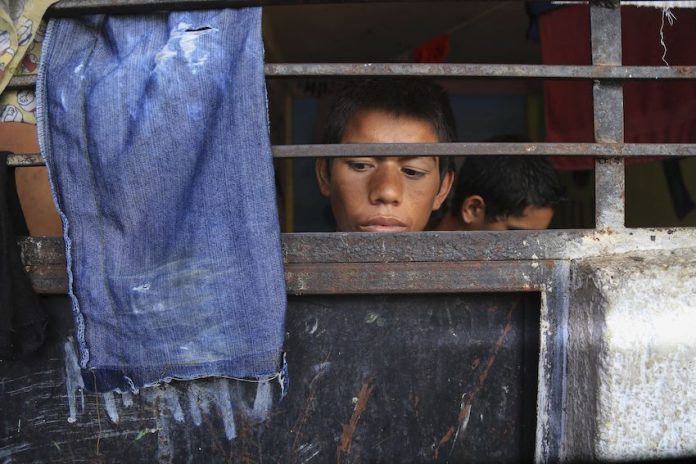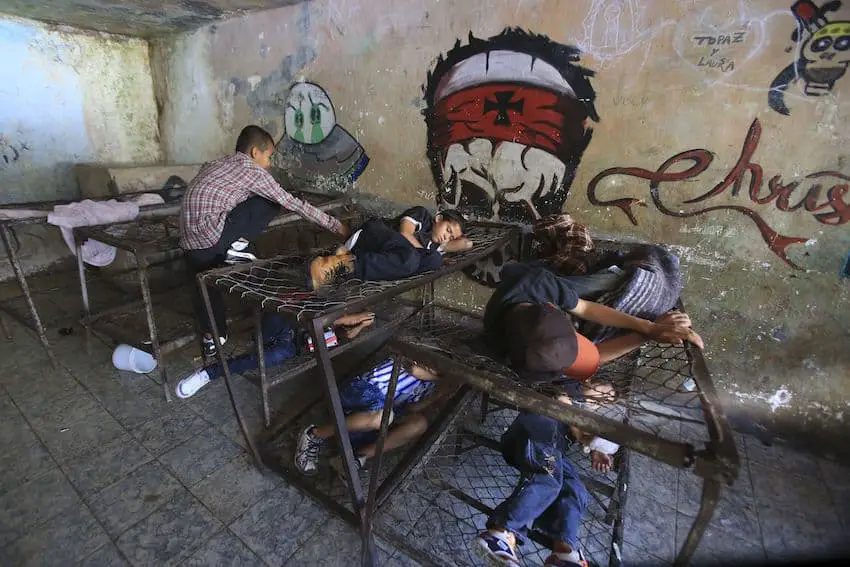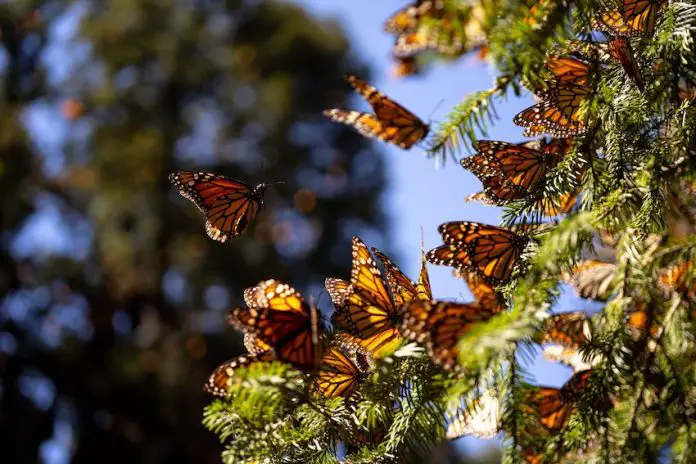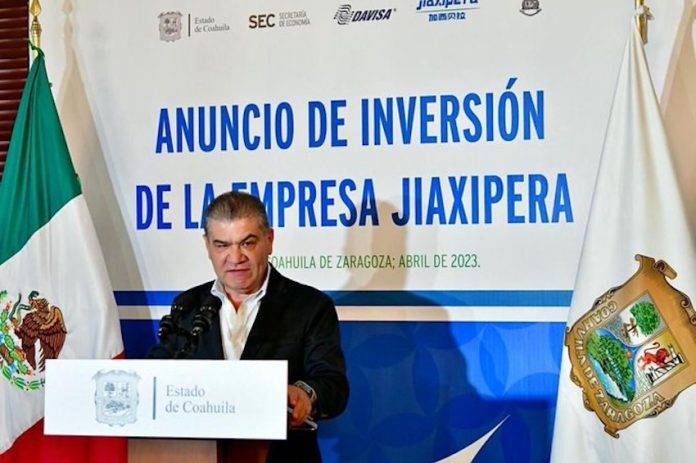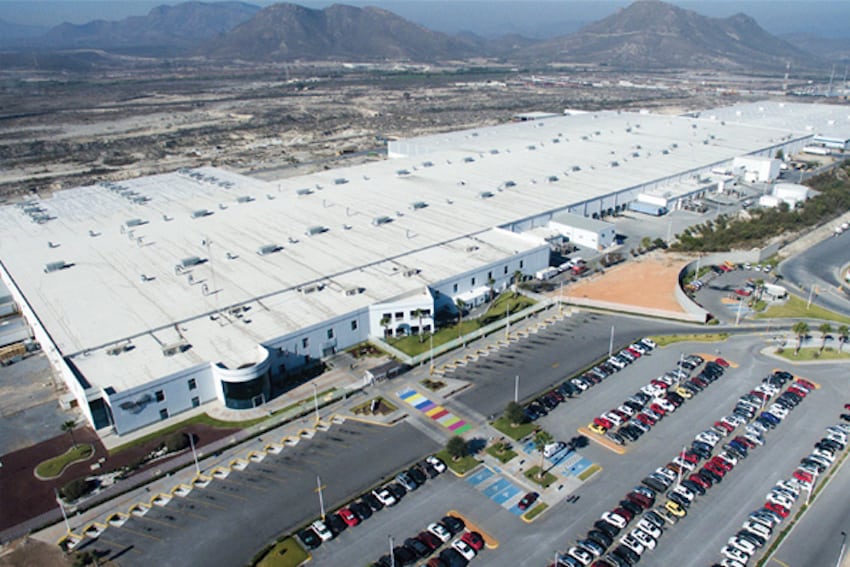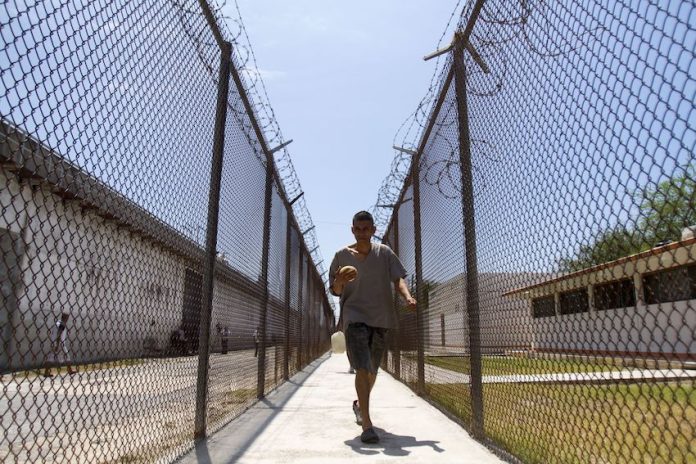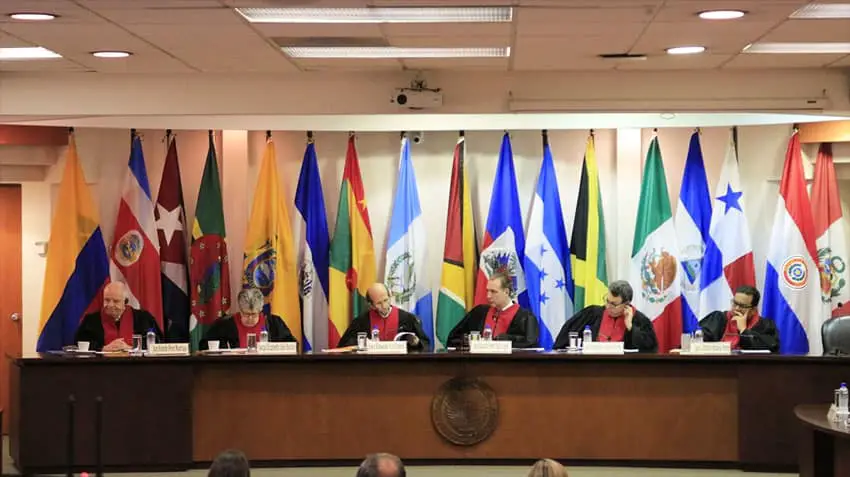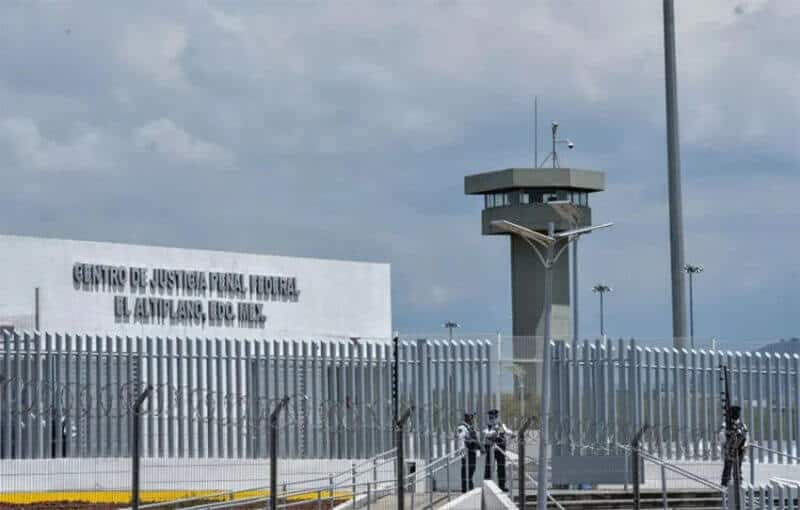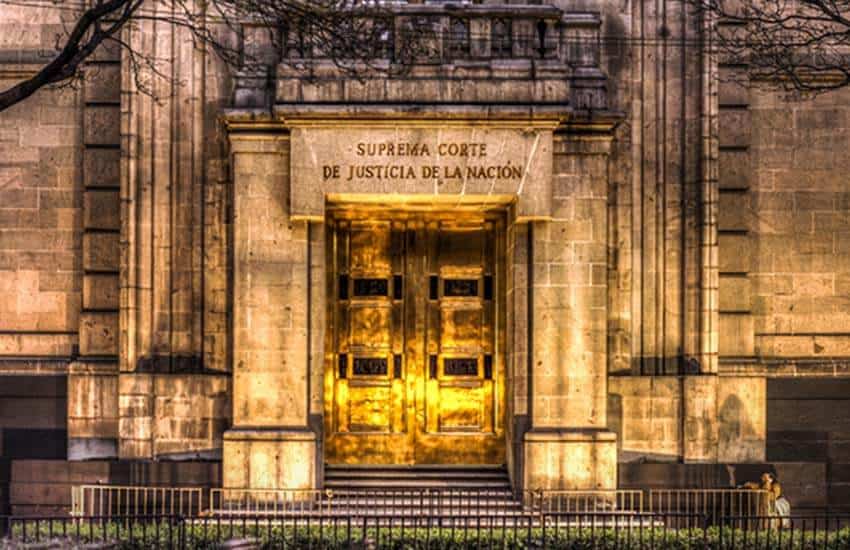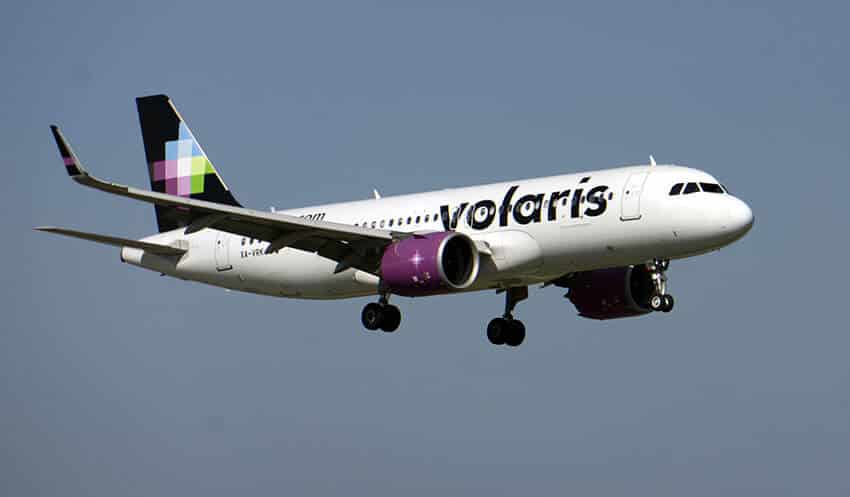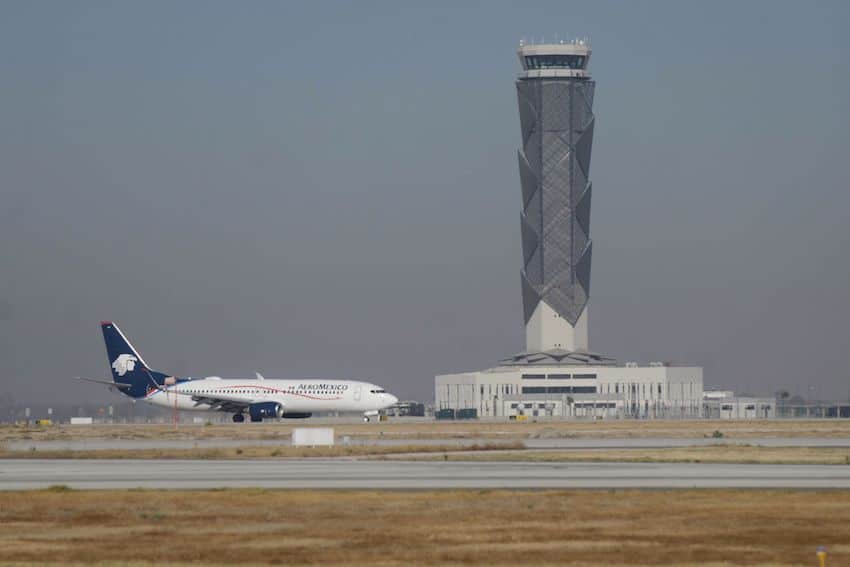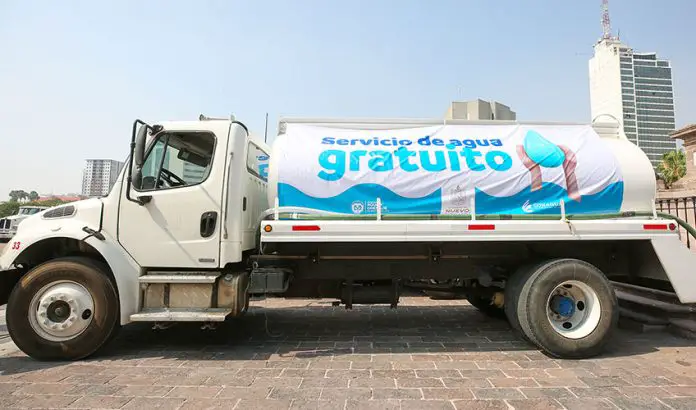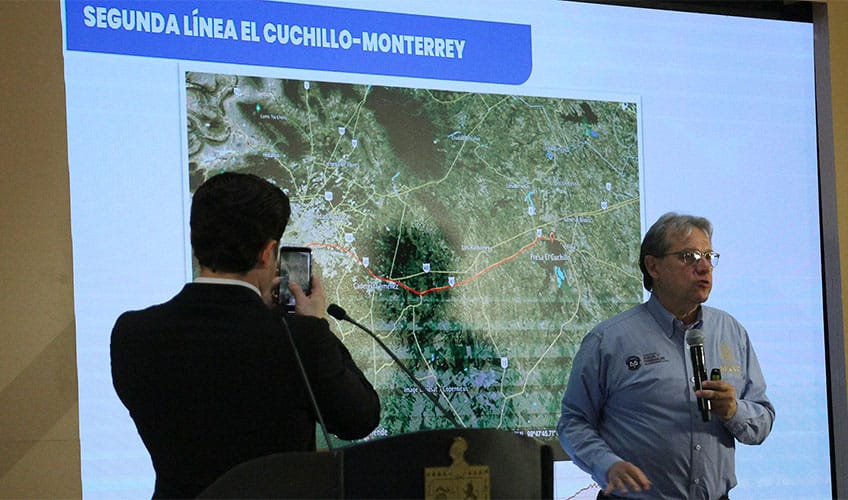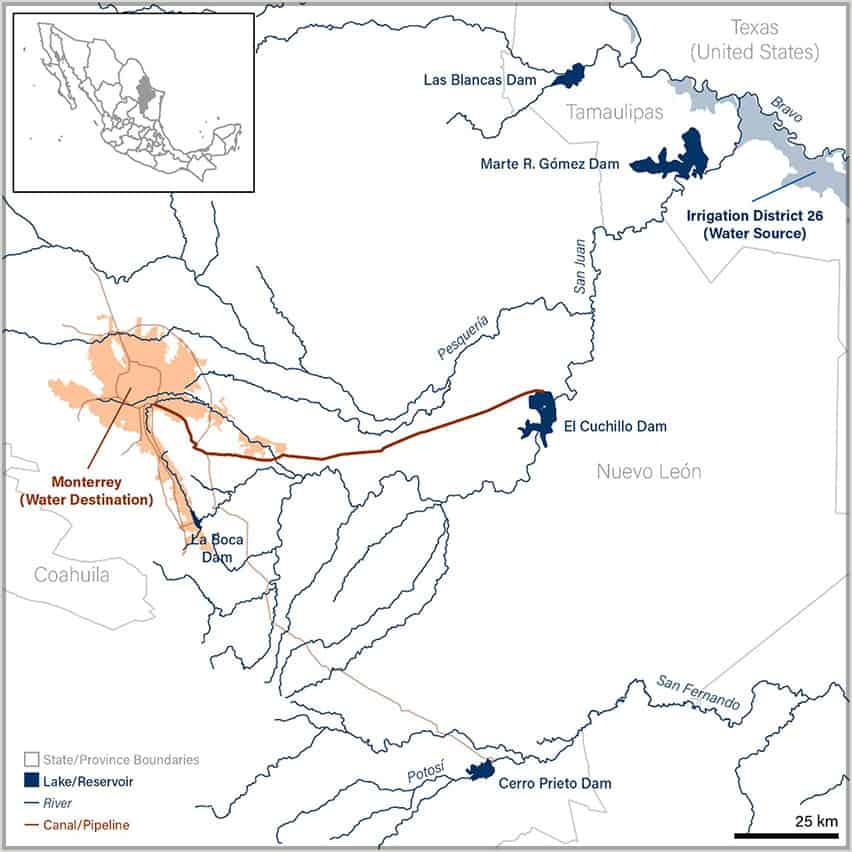The United States Department of Justice announced on Friday that it had unsealed charges against 28 high-ranking Sinaloa Cartel members, including three known as “Los Chapitos” — the children of jailed former Sinaloa Cartel boss Joaquín “El Chapo” Guzmán.
To date, Ovidio Guzmán is the only one of the three of Guzman’s sons who has been detained. He is currently in custody in Mexico and has been fighting extradition to the United States.

At a press conference on Friday afternoon, U.S. Attorney General Merrick Garland said that seven other defendants named in the indictments were already in custody in other countries and that they were pursuing over 100 more people charged with helping Los Chapitos’ Sinaloa Cartel fentanyl operation “flood the U.S.” with the deadly synthetic drug.
The three “Chapitos” — a nickname meaning “little Chapos” — are Ovidio Guzmán López, Jesús Alfredo Guzmán Salazar and Iván Archivaldo Guzmán Sálazar. They run a faction of the Sinaloa Cartel known as its most violent.
The U.S. government is also offering a reward of US $10,000 for information leading to the capture of any one of Los Chapitos.
The full roster of individuals charged includes operators around the world who the DOJ says are responsible for – among other crimes – drug and weapons trafficking, buying chemical precursors for fentanyl, money laundering, murder, extortion, kidnapping and torture, all in order to operate the complex networks needed to ensure the Sinaloa Cartel’s drug trafficking operation continues to function.
The charges have been filed by federal courts in Illinois, New York and the District of Columbia.
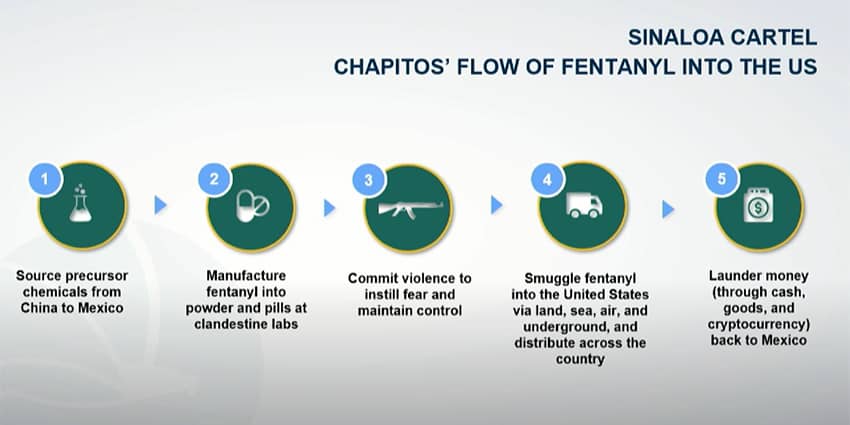
“Today, the Justice Department is announcing significant enforcement actions against the largest, most violent, and most prolific fentanyl trafficking operation in the world – run by the Sinaloa Cartel and fueled by Chinese precursor chemical and pharmaceutical companies,” Garland announced at a press conference late Friday morning.
Garland said that the charges attacked “every aspect of the cartel’s operations,” seeking arrests of people around the world. In addition to Los Chapitos, the list of those charged includes:
- Suppliers in China who sell fentanyl precursors to the cartel
- A Guatemalan-based broker who purchases the precursor chemicals on behalf of the cartel
- Operators of the Sinaloa Cartel’s clandestine fentanyl labs in Mexico
- A weapons trafficker who supplies the cartel with arms smuggled from the U.S.
- Money launderers who the DOJ says helps the cartel move money internationally
- Members of the Sinaloa Cartel who serve as brutal security enforcers
The DOJ also revealed that the U.S. Drug Enforcement Administration (DEA) had infiltrated the Sinaloa Cartel and has spent a year and a half tracking the highest levels of the group across the world.

“Today’s indictments send a clear message to the Chapitos, the Sinaloa Cartel, and criminal drug networks around the world that the DEA will stop at nothing to protect the national security of the United States and the safety and health of the American people,” said DEA Administrator Anne Milgram at a press conference Friday afternoon.
In February, Milgram told reporters that Mexico could be doing more to combat the Sinaloa and the Jalisco New Generation cartels.
Fentanyl seizures in the U.S. have increased by more than 400% since 2019, according to U.S. government officials, and 2023 has already seen more fentanyl seized to date than in the entirety of 2022.
The Department of Justice regards Los Chapitos as a significant piece of the fentanyl trafficking problem. According to the Drug Enforcement Administration (DEA), they are responsible for the majority of the drug currently in the United States.
“The Sinaloa Cartel is largely responsible for the surge of fentanyl into the United States over the last eight years,” Garland said.
The indictments describe in detail the cartel’s brutality and callousness — and its prioritization of financial gain at all times, even when they knew the drugs they were sending to the U.S. would prove fatal.
Los Chapitos’ security forces, said Garland, also regularly engage in torture and brutal acts of violence, Garland said, including injecting victims with massive doses of fentanyl until they overdose and feeding people to the Chapitos’ pet tigers.
The wide-ranging charges come as pressure intensifies on Mexico to stem the flow of fentanyl into the United States. The two countries held high-level meetings on Thursday in Washington D.C. to discuss how best to work together to combat the trafficking of both synthetic drugs like fentanyl and weapons.
According to U.S. government data, fentanyl is the leading cause of death for Americans between ages 18 and 39 and led to the deaths of more than 100,000 people from overdoses between 2021 and 2022 — almost 300 per day.
With reporting by the Department of Justice, AP News, Latinus and NPR
